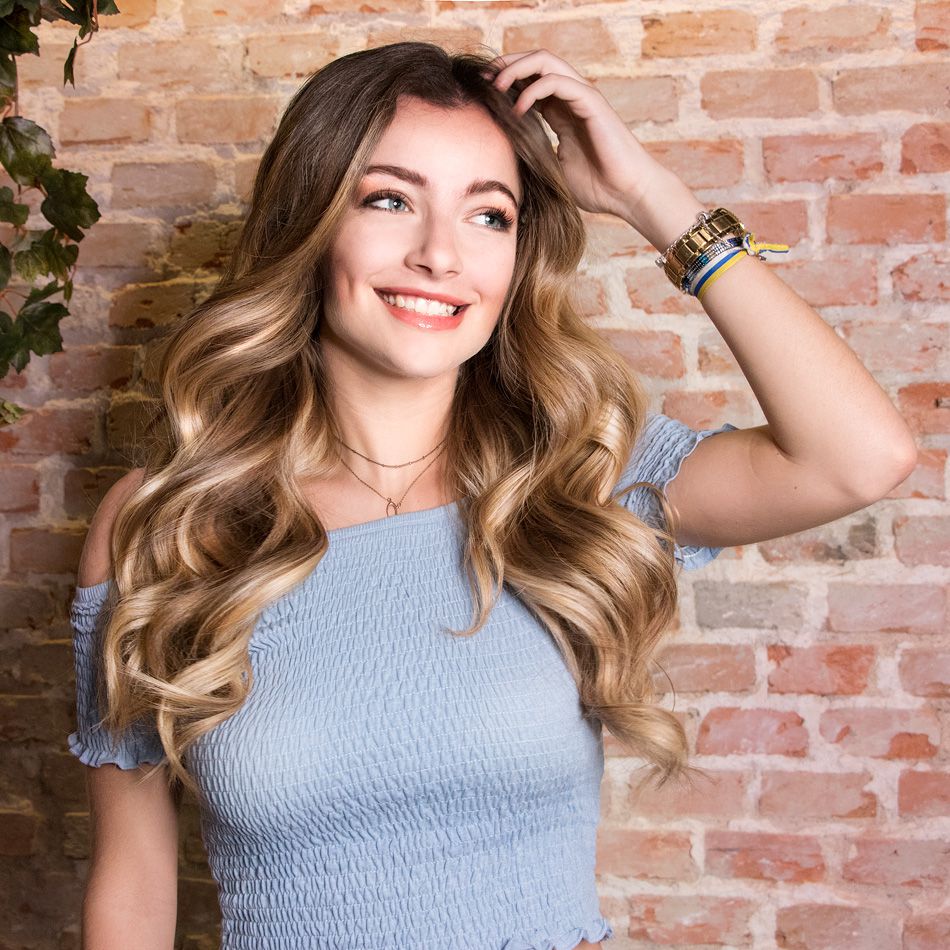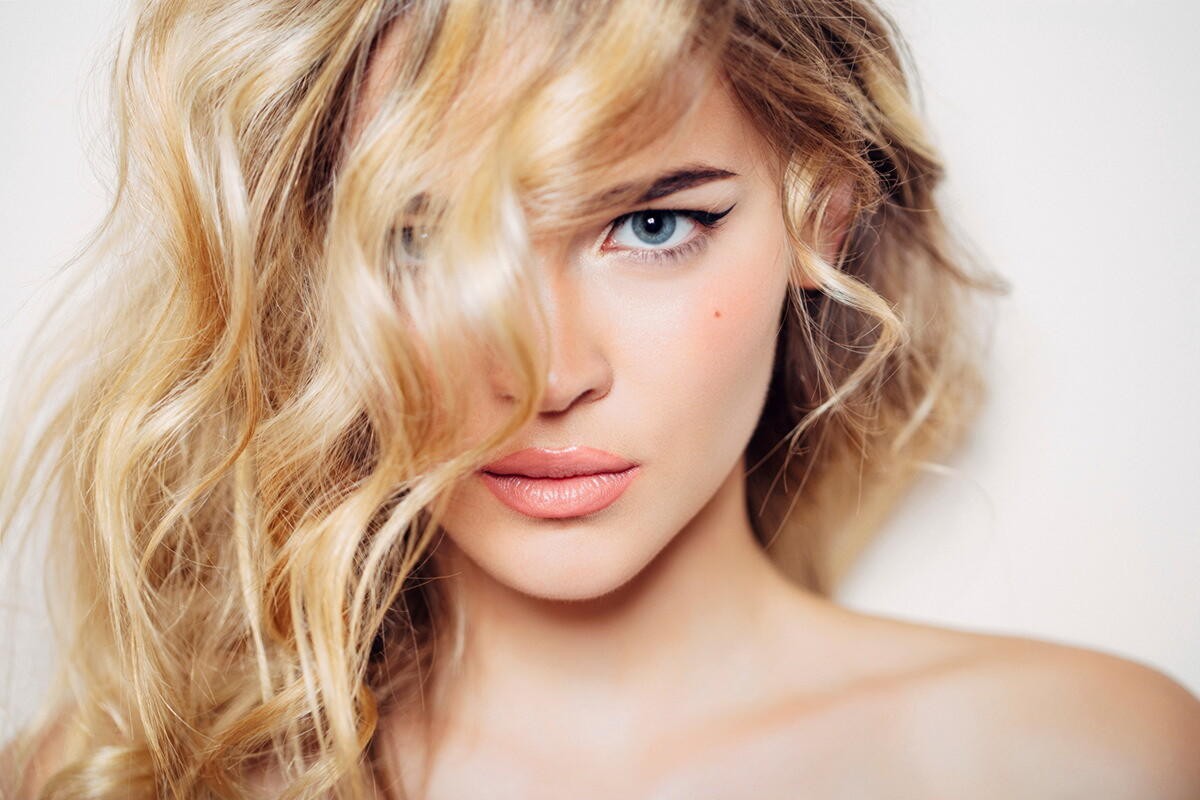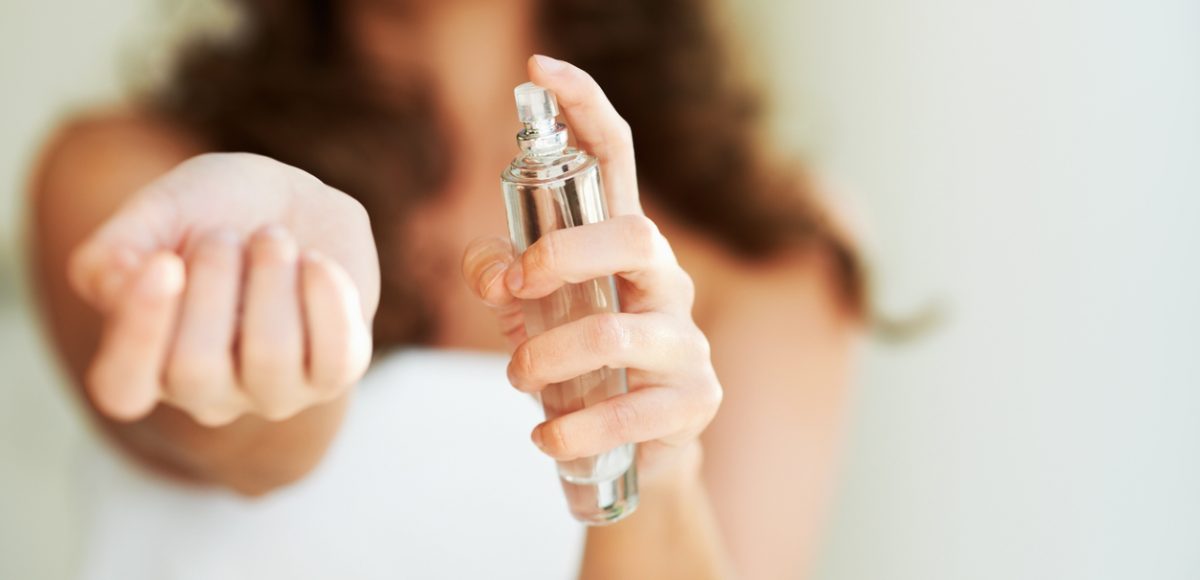The hair coloring method known as balayage has completely altered the industry. Before balayage hair coloring, women would spend hours in the chair at the salon with their heads covered in aluminum foils and half-dozing. But as the method gained acceptance among hairdressers and celebrities alike, it rose to the top of the list of popular coloring procedures. The hairstylist chooses the positioning and transitions of the various hair colors involved and applies the color with a brush using a freehand approach.
Balayage appears similar to highlights, but there are some important differences. While Balayage Madrid is more freehand and doesn’t include any sectioning off hair, highlights are made by wrapping sections of hair in foil.

Different types of balayage:
Despite being a classic, soft blonde and caramel balayage have seen a lot of innovation. For instance, the 3-D balayage technique might give it additional depth if you dislike flat color fill. To give the free-flowing color additional depth, two colors are employed rather than one, with one of them being a little darker.
Similar to this, balayage hair color continues to see the emergence of new trends. The smokey gold balayage, a combination of ash and espresso tones concentrated on the face-framing tendrils in the front and ends of your hair, is one of the most popular hair trends right now.
Make sure you get the proper hairstylist who can advise you on the best type of balayage. Other advancements and innovations, such as reverse balayage, are always available to try out.
How should balayage be done properly?
To ensure that Balayage Madrid has been performed correctly, there are a few benchmarks. Here are the aspects to look out for:
- The balayage pieces on the hair should be near to one another and should be thin at the roots and thicker at the tips.
- Applying balayage color should be limited to the surface of the selected areas rather than all the way through.
- The color should have the proper lift, appear soft, and be free of any brassy or orange undertones. To achieve this, the appropriate things must be used, and the timing must be perfect.
- A patchy balayage result indicates a problem with the lifting/bleaching process because the color should flow smoothly.
- If your balayage doesn’t seem as you expected, don’t worry—a little color correction will cure the problem. A professional can examine the damage and make the necessary repairs to achieve the desired outcome. Repairs can include root melts and toning shampoos that either enhance brightness or darken the color.





